Originally published November 2, 2016
*pronounced Saa-ween or Saa-win
Samhain's long association with death and the Dead reflects Nature's rhythms. In many places, Samhain coincides with the end of the growing season. Vegetation dies back with killing frosts, and therefore, literally, death is in the air. This contributes to the ancient notion that at Samhain, the veil is thin between the world of the living and the realm of the Dead and this facilitates contact and communication. For those who have lost loved ones in the past year, Samhain rituals can be an opportunity to bring closure to grieving and to further adjust to their being in the Otherworld by spiritually communing with them. (Selena Fox)
This year at the abbey, Samhain was another trip down ancient lane.
To accommodate the children and their modern-day custom of ‘Halloween’, the Sisters weren’t able to practice all the pieces and parts together, but beginning at sundown, we managed to get in all the seven services of Samhain and by the time the bonfire was lit, we were together as one.
With the coming of sunset, one Sister arranged the pumpkins and candles on the feast table. She then joined an older Sister for a meditative walk through the countryside, setting the energies for the evening. Meanwhile, one Sister was out trick-or-treating with the young ones, and would, no doubt, be late to dinner.
A harvest meal, made by the loving hands of the day-time staff, was shared in a prayerful environment, in honor of the ancestral spirits. Simple fare . . . potato kale soup and a vegetable pine-nut pasta salad, with several kinds of bakery breads.
One Sister prayed over the feast table, taking special care to invite ancestors from the other side to join in the Feast of the Dead. The table was set with an extra place as is custom, with a filled plate and bowl and wine glass, later set outside for easy access by the spirit world.
After dinner, two Sisters consulted their pendulums for predictions of the coming year. Outside, the men built the bonfire.
A solemn ceremony was held. The Sisters gathered around the fire, robed in their formal gowns, holding hands and chanting, “We are the circle, within a circle, with no beginning, and never ending.”
There were prayers of thanksgiving and prayers for the coming years’ blessings. There were prayers offered for those recently departed and those who have long departed the earth plane. There were individual prayers and prayers for the Sisterhood.
The women took their candles and sang as they moved first counterclockwise, then clockwise around the bonfire: “Sacred Ancestors come to me, Sacred Ancestors please help me, All my Mothers, Fathers, Brothers, Sisters, and Relations, too, Who have loved me for always, I’ll keep the light for you.”
And the service ended with an ancestral story:
Imagine that we are standing at a bonfire in Northern England in the year 50 of the current era. Christianity wasn’t a thing, yet. The Bible was centuries from being written. The country had been torn up by one war or another for the past fifty years and the people and the land had not yet recovered. But here stand the women, ‘round the fire, on land recently conquered by the Romans.
Take yourselves there, to their fire. The women are gathered as we are, to pray, to talk. Let’s sit. It is cold there, so they gather close to the fire.
They share information that is not for others’ ears, so they gather close to speak softly and still be heard.These women, like many of us, have children. These women, like many of us, are raising those children alone. These women had to fight to get a loaf of bread each day and spent much of their precious lives begging or borrowing. They knew they were not alone. They knew they weren’t ‘special’. They knew the men could join the military machine and get food, but their choices were far less. They knew that other women, all the women, suffered the brunt of the poverty.
“I have heard the Romans wish to end the conflict, to civilize this place, and live peacefully.” Said one woman at the fire. She paused before she continued and then spoke with unabashed hopefulness: “There will be jobs, and medicine, and food.”
Another Sister at the fire countered her: “We will just be slaves for them and the profit will go to Rome.”
But then another Sister interjected an idea, a good idea. “We must begin our own business. We must own and control something, something that is ours, that will keep us safe.”
“They are allowing us to grow hemp,” says another woman, another face around the fire.
What followed, then, was a serious conversation about what was needed and how those needs could be fulfilled, so that the women could begin participating in a newly de-regulating business. What followed, then, was a serious conversation about making jobs, creating housing and food security, through farming, textiles and medicine. What followed, then, was an all-night conversation that didn’t end until the sun began to show its light.
That night, at their fire, an era of empowerment was born. This is not uncommon. Women create in more than one way.
That night, at the fire, a lifetime of purposeful living, a life-time of sustenance for themselves and their children began to manifest. That night, hope and purpose was re-born in the embers of the Samhain fires.
And these are the ancestral mothers whom we honor and emulate. These are the ancestral mothers whose blessings we pursue.
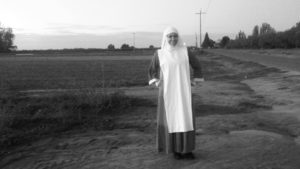
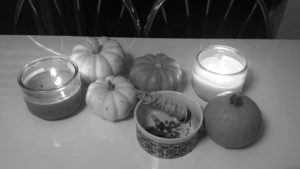
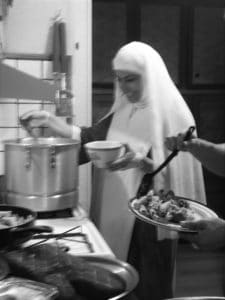
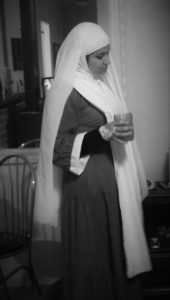
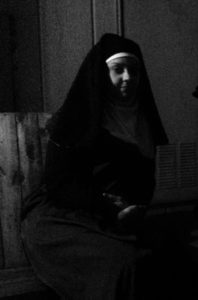
DISPENSARY GOALS
ReplyDeleteWe are the most legit cannabis dispensary with both wholesale and retail weed for sale. Marijuana extract and thc cartridges are also available. We deliver in almost all states in the US and Puerto Rico. We are available in Canada, UK, USA, South America, Europe and Australia
Pills and chemicals Online
Pain killers
marijuana extracts
cartridges
sativa strains
spacemonkeymeds for sale
pre rolls for sale
indica strains for sale online
Buy edibles online
cbd oil online
Buy vape pens online
Buy wax online
Buy dankvapes online
Buy hybrid strains online
Buy moonrocks online
Buy carts with Bitcoin online
cannabis products for sale
sour diesel online